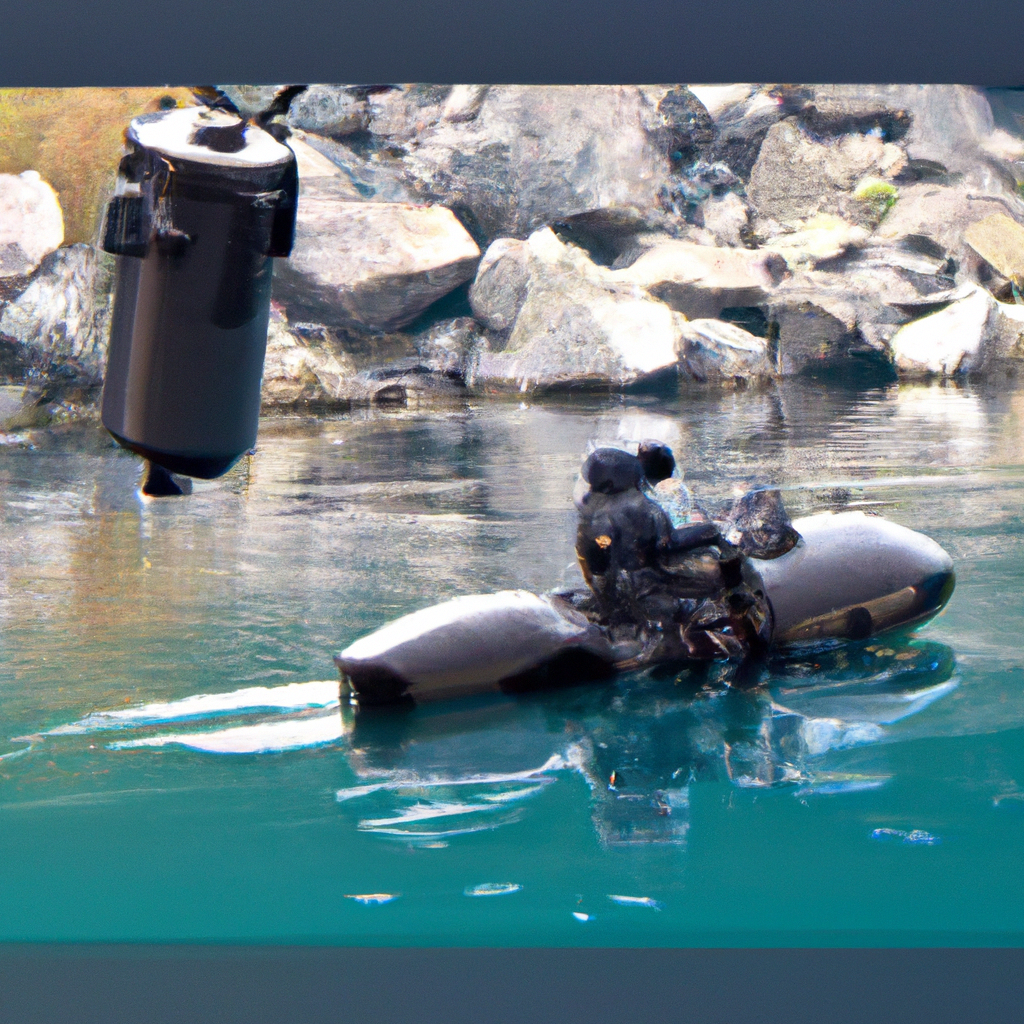A jetpack is a personal flight device that is capable of providing aerial transportation. It is a futuristic transportation technology that has captured the imagination of people for decades. The concept of a jetpack has been depicted in science fiction movies and TV shows, making it a popular symbol of the future. But how does a jetpack work? In this article, we will explore the jetpack technology and the jet propulsion system that powers it.
Jet Propulsion System
The jet propulsion system is the key component that makes a jetpack work. The system works by creating a high-velocity jet of gas that is expelled from the back of the device, propelling the user forward. There are two types of jet propulsion systems used in jetpacks: rocket belts and gas turbines.
Rocket Belt
The rocket belt is the original jet propulsion system used in jetpacks. It was first developed in the 1960s and was used by the military for short-distance transportation. The rocket belt uses a chemical reaction to produce thrust, which propels the user forward. The chemical reaction involves combining hydrogen peroxide and a catalyst, which produces high-pressure steam and oxygen. The steam and oxygen are then expelled out of a nozzle at the back of the device, propelling the user forward.
Gas Turbine
The gas turbine is a more modern jet propulsion system used in jetpacks. It works by using a small gas turbine engine to compress air and mix it with fuel. The mixture is then ignited, creating high-pressure exhaust gases that are expelled out of a nozzle at the back of the device. The gas turbine system is more efficient than the rocket belt system and can provide longer flight times.
Jetpack Technology
Jetpack technology has come a long way since the first rocket belt was developed. Today’s jetpacks are more advanced and sophisticated, with features such as safety systems, electronic controls, and more efficient propulsion systems. Here are some of the key components of modern jetpack technology:
Safety Systems
Modern jetpacks are equipped with safety systems that help prevent accidents and injuries. These systems include backup parachutes, automatic shut-off systems, and emergency fuel cut-off systems.
Electronic Controls
Electronic controls are used to manage the jetpack’s propulsion system. They allow the user to control the direction and speed of the device, as well as monitor fuel levels and other important parameters.
Fuel System
The fuel system is an important component of the jetpack. It stores the fuel used to power the jet propulsion system. Modern jetpacks use a variety of fuels, including hydrogen peroxide, kerosene, and propane.
Battery System
The battery system is used to power the electronic controls and other components of the jetpack. It is typically a rechargeable lithium-ion battery that provides power for several hours of flight time.
Flight Time
The flight time of a jetpack depends on a variety of factors, including the type of propulsion system used, the size of the fuel tank, and the weight of the user. Rocket belt jetpacks typically have a flight time of around 20-30 seconds, while gas turbine jetpacks can provide flight times of up to 10 minutes.
Conclusion
In conclusion, a jetpack is a personal flight device that uses jet propulsion to provide aerial transportation. Jetpack technology has come a long way since the first rocket belt was developed in the 1960s. Today’s jetpacks are more advanced and sophisticated, with safety systems, electronic controls, and more efficient propulsion systems. While jetpacks are still primarily used for entertainment purposes, they have the potential to revolutionize transportation in the future. With further advancements in technology, we may see jetpacks used for a variety of applications, such as search and rescue, military operations, and more.







